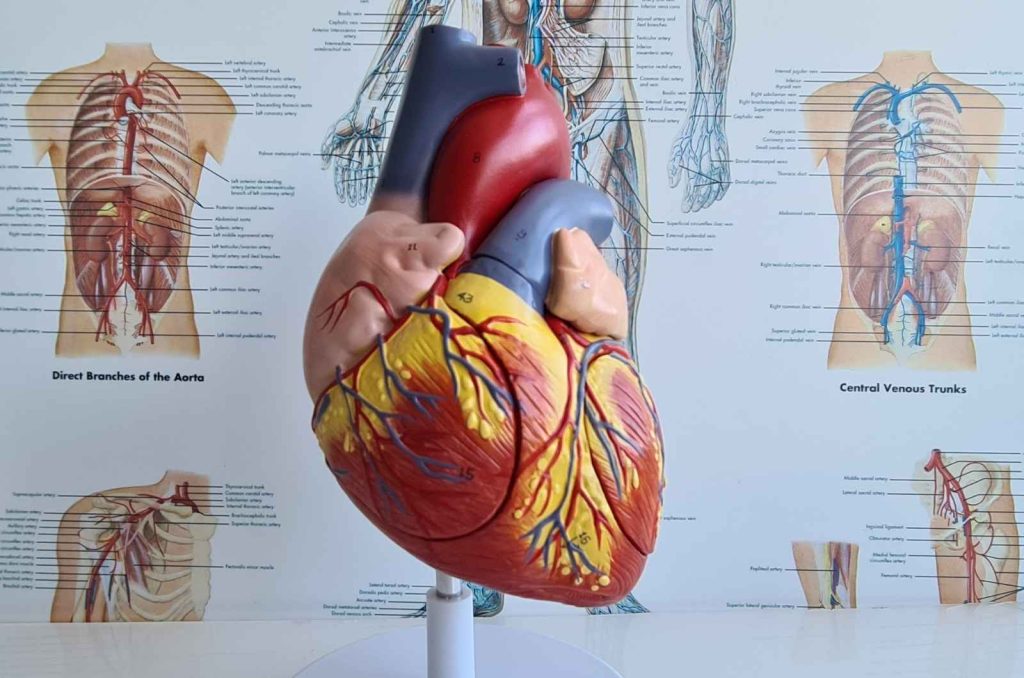Practical training on human bodies is a key element in the education of new doctors and graduate students. This hands-on experience bridges the gap between theoretical knowledge and real-world medical practice. By working directly with human anatomy, medical students and doctors can better understand the complexities of the human body, improving their skills and confidence in performing medical procedures. This article explores how practical training enhances theoretical education, focusing on the role of Biotech Anatomy Ltd. and the importance of medical education laboratories in this process.
How Does Practical Training on Human Bodies Strengthen Theoretical Education for New Doctors and Graduate Students?
Practical training on human bodies bridges the gap between theoretical knowledge and real-world application for new doctors and graduate students. When you study medicine, you learn a lot of theory about human anatomy, diseases, and treatments. However, understanding medical concepts in theory is different from applying them in practice.
By working with real human bodies, you get hands-on experience that textbooks and simulations can't offer. This type of training helps you develop a deeper understanding of human anatomy. For example, seeing and touching actual organs allows you to comprehend their texture, weight, and positioning within the body, which is crucial for performing surgeries.
Moreover, practical training enhances your surgical skills. You get to practice procedures repeatedly, improving your technique and confidence. This experience is vital when you face real-life situations where quick and accurate decisions are necessary.
Biotech Anatomy Ltd. plays a significant role in providing this practical education. Their facilities allow you to perform various medical procedures, helping to solidify your theoretical knowledge through practice. This combination of theory and practice ensures you are better prepared to handle the complexities of medical practice, ultimately leading to better patient care.
Why is Practical Anatomy and Surgical Education Important?
Practical anatomy and surgical education play a crucial role in medical training. By working with real human bodies, you gain hands-on experience that textbooks and lectures simply cannot provide. This type of training allows you to understand the complexities of human anatomy more deeply and develop essential surgical skills.
When you practice procedures on human bodies, you learn to navigate the unexpected challenges that can arise during real surgeries. This experience builds your confidence and competence, making you better prepared for actual patient care. Moreover, practical training helps bridge the gap between theoretical knowledge and real-world application, ensuring that you can apply what you've learned in the classroom to actual medical scenarios.
In summary, practical anatomy and surgical education are vital for developing the skills and confidence needed to perform successful surgeries and provide high-quality patient care.
How Do Medical Education Laboratories Contribute to Training?
Medical education laboratories play a crucial role in training new doctors and graduate students. These labs provide a controlled environment where you can practice surgical techniques and procedures on human organs. This hands-on experience is invaluable because it allows you to apply theoretical knowledge in a practical setting. By working with actual human tissues, you gain a deeper understanding of anatomy and surgical skills that textbooks alone cannot provide. These labs also offer the opportunity to work with various medical devices, helping you become familiar with the tools you will use in real-life surgeries. This practical training ensures that you are well-prepared for the challenges you will face in your medical career.
?What are the Benefits for Surgeons and Researchers
Practical training on human bodies offers numerous benefits for both surgeons and researchers. For surgeons, it provides a realistic environment to practice and refine their skills, ensuring they are well-prepared for actual surgeries. This hands-on experience helps them understand the complexities of human anatomy and develop muscle memory for various procedures, which theoretical knowledge alone cannot achieve.
For researchers, access to human body parts is invaluable. It allows them to study the effects of new drugs and medical devices in a setting that closely mimics real-life conditions. This can lead to the development of more effective treatments and innovations in medical technology. Additionally, working with actual human tissues helps researchers understand the biological responses and potential complications, leading to safer and more reliable medical advancements.
Practical training on human bodies is essential for strengthening theoretical education in medical students. It provides hands-on experience, enhancing skills in complex procedures and supporting medical research. This approach ensures that new doctors and graduate students are well-prepared for real-world medical challenges.
click here for more info: biotechanatomy
